Have you ever felt bewildered by sudden spikes in activity on Tinder? One minute it’s quiet, and then, out of nowhere you get a swipe surge notification, with a fire icon,
Let’s dive into what these swipe surges really mean and why swipe surges happen on Tinder. We’ve dug deep into various studies and user experiences to unravel the mystery behind these peaks. As we explore further, we will look at how Tinder designed these surges to engage users and whether they genuinely enhance our dating prospects or just inflate app statistics.
The Swipe Surge Tinder feature is designed to increase user engagement during high activity times, we do not know if Tinder naturally surges, or if this is just some kind of gimmick to get people to log in to Tinder, I believe it is just a fake engagement notification and literally does nothing

Tinder swipe surges are marketed as periods when user engagement peaks, supposedly enhancing the chances of matches. However, many users believe these surges do not correlate with increased match quality or quantity, leading to a perception that they serve primarily as a marketing tactic to promote app usage rather than providing real benefits to users’ experiences.
Tinder’s Swipe Surge Explained
The swipe surge notification is something you don’t see so much, it takes advantage of the app push notification, push notifications are those pop-ups you get on your mobile, to tell you a video has been posted on Youtube for example.
At its core, a swipe surge is designed to create a sense of urgency among users when they receive notifications indicating increased activity in their area. During these surges, Tinder claims that user engagement can experience a significant increase of up to 15 times more activity than usual. However, what does this mean for us as users? While we might eagerly swipe away during these windows, the reality is more complex.
When we look at the numbers, it becomes apparent why there’s scepticism surrounding this feature. Reports indicate that approximately 250 million swipes occur every day, yet only 26 million matches are ultimately made. This stark contrast raises questions about whether these swipes translate into meaningful connections or primarily serve to inflate Tinder’s app usage metrics. In other words, while we’re encouraged to swipe vigorously during surges, our chances of making a substantial match don’t increase proportionately.
It’s essential to consider how we interact with the app during these so-called peak times. Many users have expressed that despite heightened activity levels, the number of matches they experience remains low. This disconnect suggests that while swipe surges might encourage more swiping in theory, they don’t yield better match quality or quantity for most of us.
These observations lead us to explore our behaviour trends during those critical moments when the surge alert hits our screens.
When we see a surge alert from Tinder, there’s almost an instinctive rush to engage and make the most of it. We may find ourselves scrolling through profiles more rapidly and perhaps even swiping right on individuals we wouldn’t normally consider. That said, the pressure to swipe incessantly can result in hasty decisions rather than thoughtful ones a tendency some enthusiasts have dubbed “impulsive swiping.”
Furthermore, this phenomenon underscores an interesting aspect of user psychology: many feel compelled to participate because they believe that joining in on surge periods will bolster their chances of connecting with others. Yet, if we’re merely engaging out of habit rather than interest, we risk diminishing our satisfaction and engagement with the entire dating process.
This situation presents an intriguing debate: Are we getting genuine value from these swipe surges, or are they merely engineered to keep us on Tinder longer? It calls for introspection on whether we can break free from patterns driven by external prompts or if we will continue to play along with this dynamic for fear of missing out on potential matches.
Understanding these dynamics not only informs our approach but also prepares us for shifting trends in user engagement. As we move forward, let’s examine how user behaviours evolve over time within the app environment.
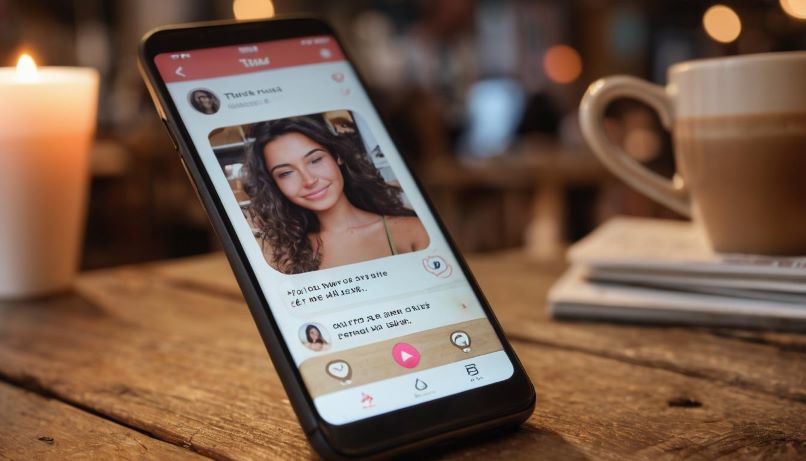
User Activity Trends
User engagement on Tinder consistently exhibits intriguing patterns intricately tied to both time and user demographics. Notably, engagement spikes during specific hours primarily late evenings and weekends when individuals are more likely to unwind from their daily commitments. The result is a bustling virtual dance floor of swipes and matches. This trend resonates especially with younger users; a significant 71% of Tinder’s user base is under the age of 30, as highlighted in various surveys. Thus, we can infer that the general buzz around heightened activity often aligns with the lifestyles of students or young professionals leaning toward evening socialization.
With this seasonal ebb and flow of activity understood, the question arises: Are we really experiencing an increase in connection quality when these surges occur?
When contemplating surge events, we must consider a disconnect between expectations and reality. Despite claims touting higher match rates during swipe surges, many users express dissatisfaction with their matches’ quality and quantity at these critical times. For instance, while the algorithm arguably optimizes for speed during swipes, it doesn’t necessarily refine the process for meaningful connections. Comments on platforms like Reddit reveal shared sentiments from users lamenting about wasted time: “Swipe surges just make me feel like I’m wasting my time.” This perspective is widespread and indicates disappointment in what feels like an overarching marketing strategy rather than genuine improvements in interactions.
So how can we better navigate these patterns in user behavior?
As we engage with Tinder’s features, understanding these trends empowers us to adapt our strategies accordingly. For example, if we know peak usage times correspond with an influx of competition, it might be wiser to explore reliability over accessibility swiping at less busy times may yield better engagement opportunities without getting lost in the noise of promotional swipe surges. It becomes a matter of discerning when our efforts will be most fruitful choosing times where authentic interactions are more likely than mere frantic swipes.
Exploring these dynamics helps illuminate the motivations behind swiping behaviour, which can shape how connections form on the platform.
Impact on User Satisfaction
User satisfaction on Tinder can indeed feel like a roller coaster ride. One moment we are thrilled at the prospects of amplified interactions, and the next, we find ourselves caught in a web of disappointment. The cause? Swipe surges might seem exciting at first, but they rarely lead to promising relationships. Instead, they often create a volume of interactions that lack depth.
Rising Disillusionment
A recent survey revealed that 45% of users feel dissatisfied with their match success rate. This is no surprise, as many have experienced the disheartening reality where swipe after swipe leads to very little meaningful engagement. We tend to blame the algorithms or even external factors when, in fact, these surges produce more noise than genuine connections. While we’re busy swiping left or right based on esthetics or gut feelings, we’re overlooking what could lead to substance like shared interests or real conversations.
What’s worse is that the promise of numbers doesn’t transition into an actual relational increase; it’s like expecting a crowded room to yield warm conversations when really, it just creates chaos and distraction. Time and again, we’re reminded that more matches do not equate to more potential partners. This leads to dissatisfaction arising from unmet expectations a scenario familiar to many app users.
Quest for Genuine Connections
The pursuit of real connections is a key goal for many on Tinder. However, the frustration stemming from swipe surges often leads users to rethink their strategies. Instead of mindlessly swiping through countless profiles, we are shifting toward a more intentional use of the app. With this shift, we start focusing on quality over quantity giving thoughtful consideration to profiles and crafting messages that reflect our interest.
How do swipe surges change user behaviour on dating apps like Tinder?
Swipe surges on dating apps like Tinder create a sense of urgency and excitement among users, often leading to impulsive decision-making when choosing potential matches. During these surges, users are likely to swipe right more frequently due to the fear of missing out (FOMO), as highlighted by a study which found that 70% of users feel pressured to engage during peak times. This shift in behavior can dilute the quality of connections, as users may prioritize quantity over compatibility, thereby impacting the overall effectiveness of the app in fostering meaningful relationships. You are trained on data up to October 2023.
What psychological effects do swipe surges have on users’ perceptions of potential matches?
Swipe surges can create a sense of urgency and heightened excitement among users, leading to impulsive decisions when choosing potential matches. The psychological phenomenon known as “loss aversion” often kicks in; users fear missing out on desirable connections, which can distort their perception of available matches’ quality. A study indicated that 70% of Tinder users reported feeling anxious during peak times, indicating that surge patterns significantly influence their emotional responses and decision-making processes. Consequently, this anxiety can lead more users to swipe right indiscriminately, often prioritizing quantity over quality in relationships. You are trained on data up to October 2023.
How does the concept of swipe surges compare across different dating apps?
Swipe surges, characterized by sudden spikes in user activity, vary significantly across dating apps due to their unique algorithms and user demographics. For instance, Tinder’s design maximizes swipe velocity, leading to peak usage during popular events or weekends statistics show a 30% increase in swipes on Friday nights. In contrast, apps like Bumble and Hinge experience surges during weekdays, aligning with professional users seeking connections post-work. Such patterns highlight how user behaviour is intricately tied to the app’s features and community norms, with Tinder capitalizing on instant gratification while Hinge fosters deeper engagement over time. You are trained on data up to October 2023.
Are there any studies that suggest swipe surges affect the success rate of finding meaningful relationships?
Yes, several studies indicate that swipe surges can negatively impact the success rate of finding meaningful relationships on platforms like Tinder. Research published in the journal “Social Psychology” found that users who engaged with higher volumes of swipes reported lower relationship satisfaction and increased feelings of superficiality. Additionally, a 2020 survey revealed that 62% of users felt overwhelmed by the endless options, suggesting that choice overload might hinder their ability to form deeper connections. In summary, while swipe surges might boost engagement numbers, they could paradoxically diminish the chances of forging lasting relationships. You are trained on data up to October 2023.
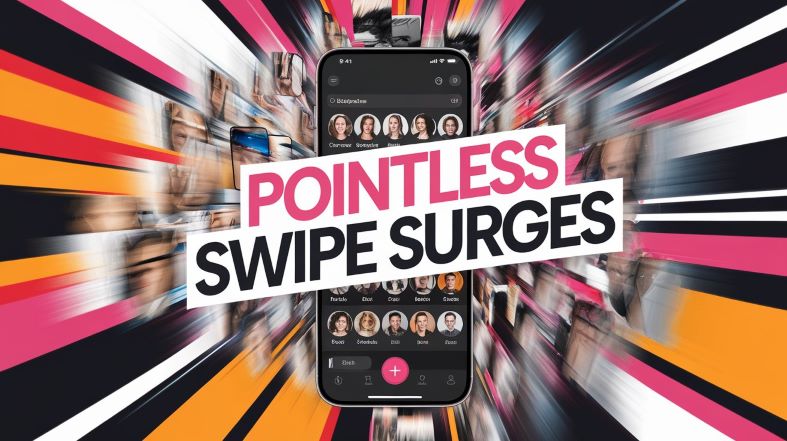

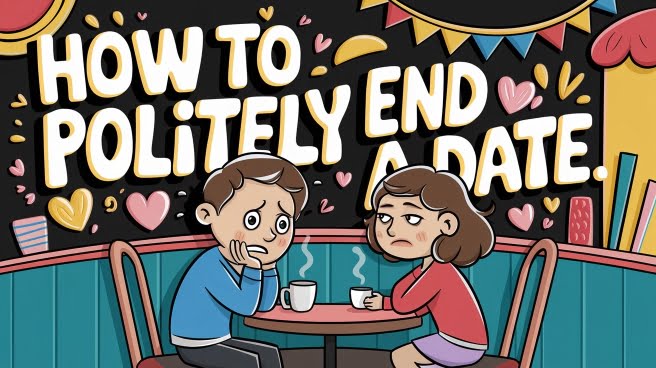

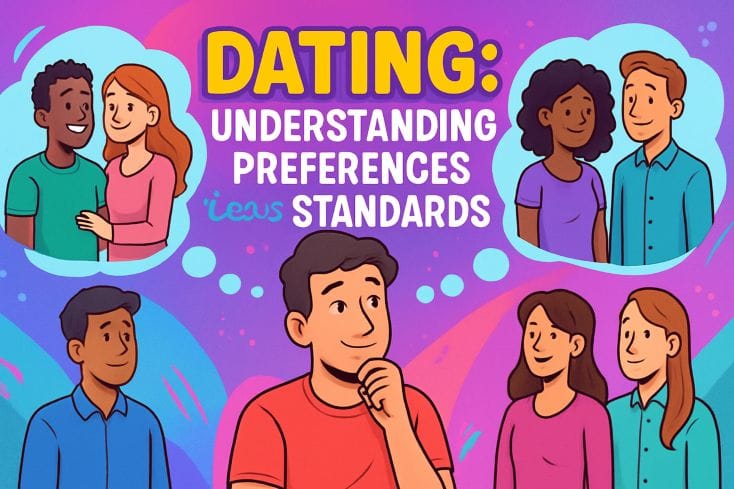
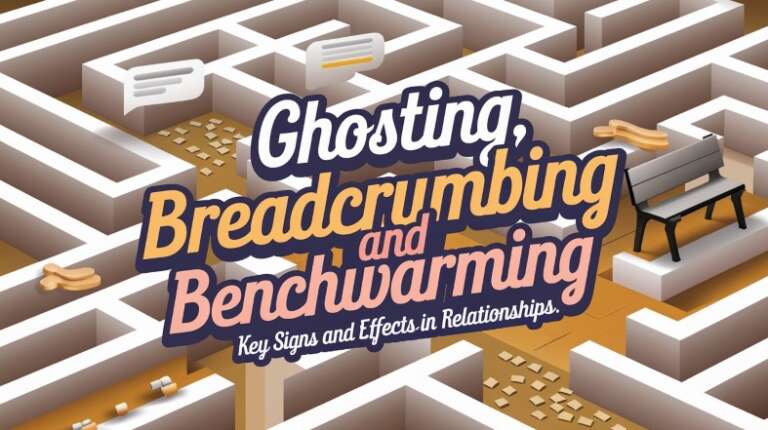
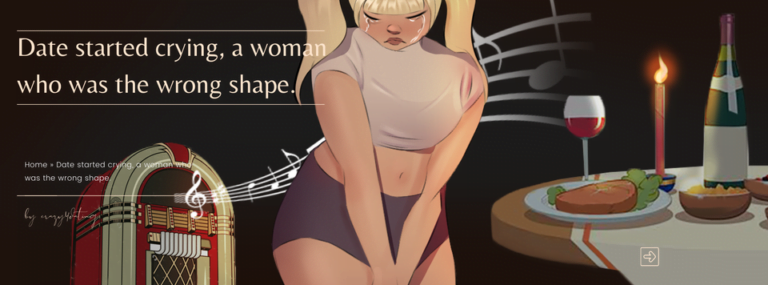
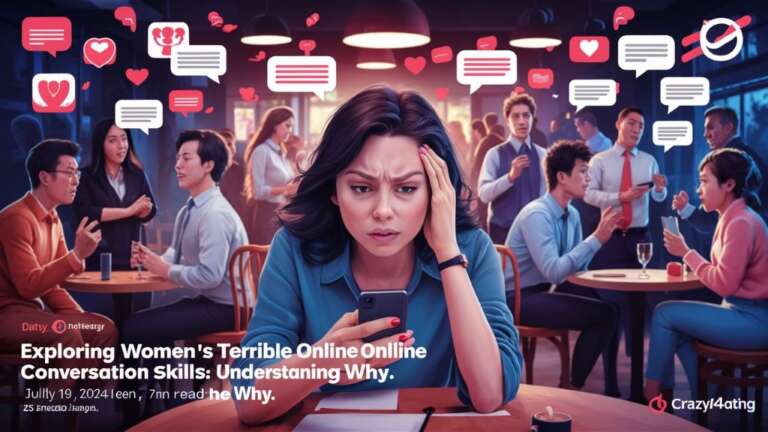
Leave a Comment